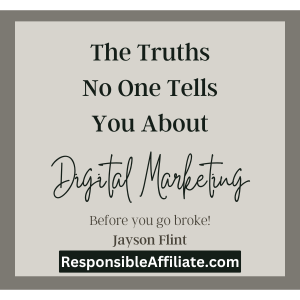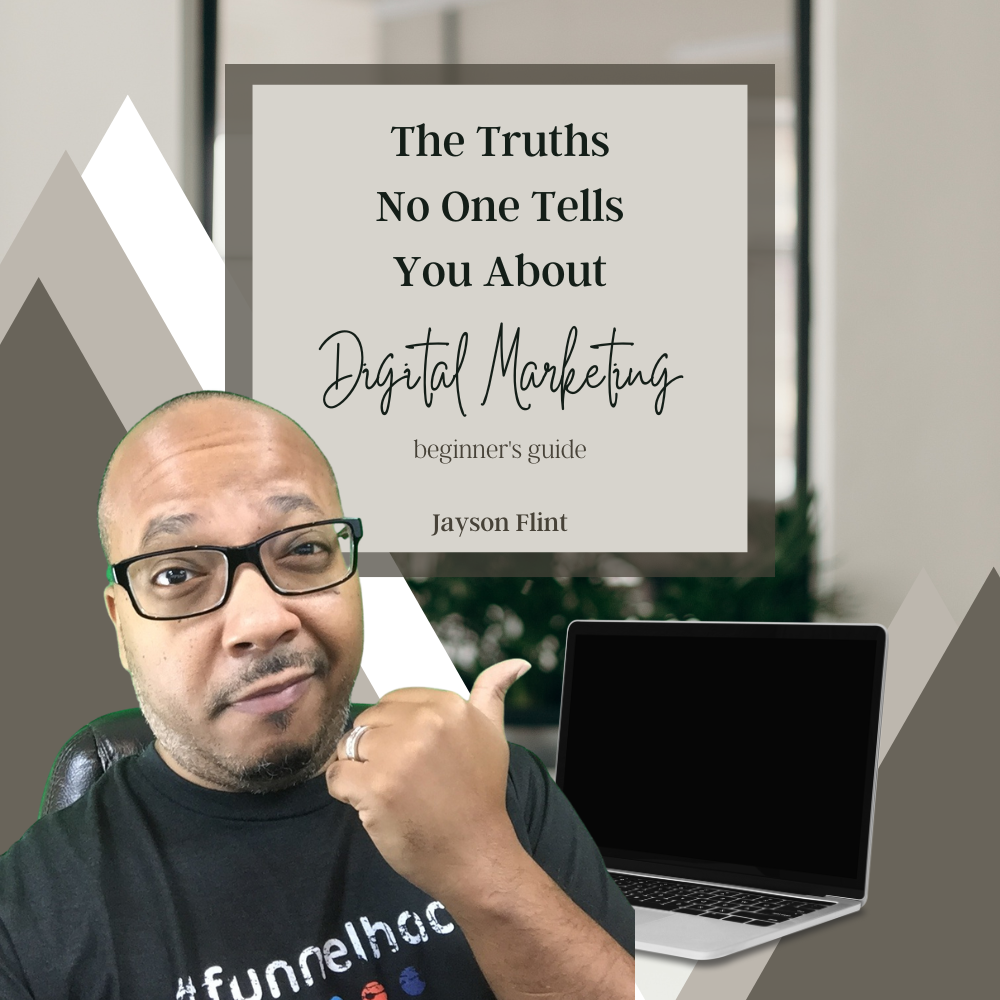As a content creator, you want your audience to engage with your work and ultimately, convert into paying customers. However, you don’t want to come off as too salesy or pushy. So, how can you create content that sells without being overbearing?
First and foremost, it’s important to understand your audience. What are their pain points? What do they value? What are their goals? By answering these questions, you can create content that speaks directly to their needs and interests. When you are able to connect with your audience on a personal level, you’ll be able to build trust and establish a loyal following.
Next, focus on providing value in your content. This means that your content should educate, inform, or entertain your audience in some way. When you’re able to provide value, your audience will be more likely to share your content with their friends and colleagues, thus increasing your reach and potential customer base.
One way to provide value is to create educational content. For example, if you’re selling a software product, you could create a series of tutorials that teach users how to use the software effectively. By providing helpful information, you’re positioning yourself as an authority in your industry and building trust with your audience.
Another way to provide value is to create entertaining content. This could be anything from funny memes to inspirational quotes. The goal here is to create content that people want to share and engage with. When your audience is actively engaging with your content, they’re more likely to remember your brand and potentially become a customer.
Finally, make sure that your calls-to-action (CTAs) are subtle and non-intrusive. Your CTAs should be positioned in a way that feels natural and aligned with the overall tone and messaging of your content. For example, if you’re writing a blog post about the benefits of your product, you could include a CTA at the end that encourages readers to sign up for a free trial. This way, you’re providing value while also giving readers the option to learn more about your product if they’re interested.
Additionally, it’s important to keep in mind the format of your content. Depending on your audience, certain formats may be more effective than others. For example, if your audience consists of busy professionals, they may prefer shorter, more concise content like infographics or social media posts. On the other hand, if your audience consists of avid readers, they may prefer longer-form content like blog posts or whitepapers.
Another key aspect of creating content that sells is storytelling. By sharing personal anecdotes, case studies, or success stories, you can humanize your brand and demonstrate the value of your product or service in a relatable way. When done well, storytelling can be a powerful tool for building trust and establishing an emotional connection with your audience.
It’s also important to remember that not all content needs to be directly related to your product or service. By creating content that’s related to your industry or niche, you can establish your brand as a thought leader and build a strong reputation within your community. For example, if you’re a fitness brand, you could create content about the latest nutrition trends or workout routines. By providing value in this way, you’ll be able to attract a larger audience and potentially convert them into customers down the line.
Finally, don’t be afraid to experiment with different types of content and strategies. Content marketing is an ever-evolving field, and what works for one brand may not work for another. By constantly testing and refining your approach, you’ll be able to find the sweet spot that resonates with your audience and drives sales for your business.



